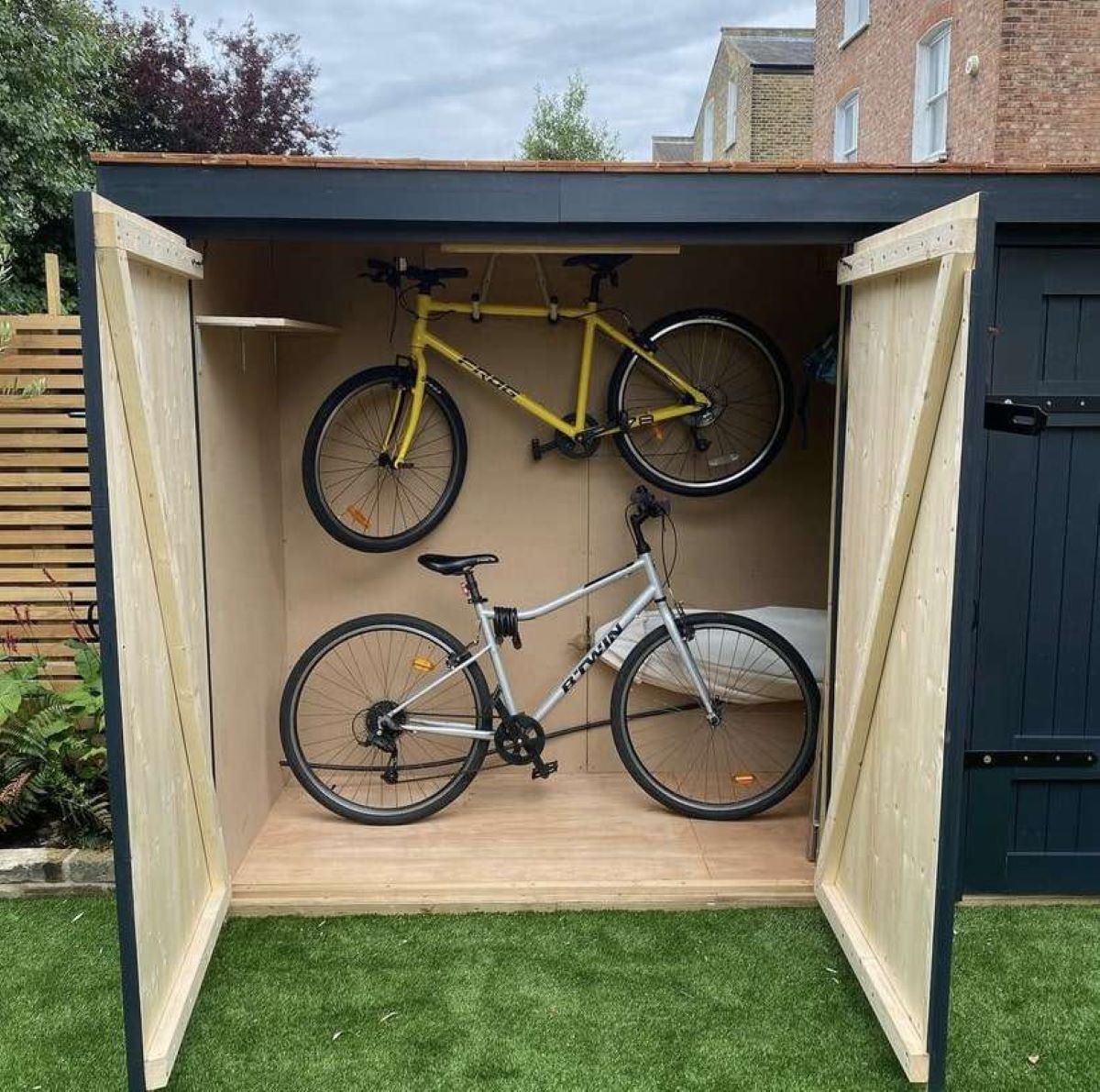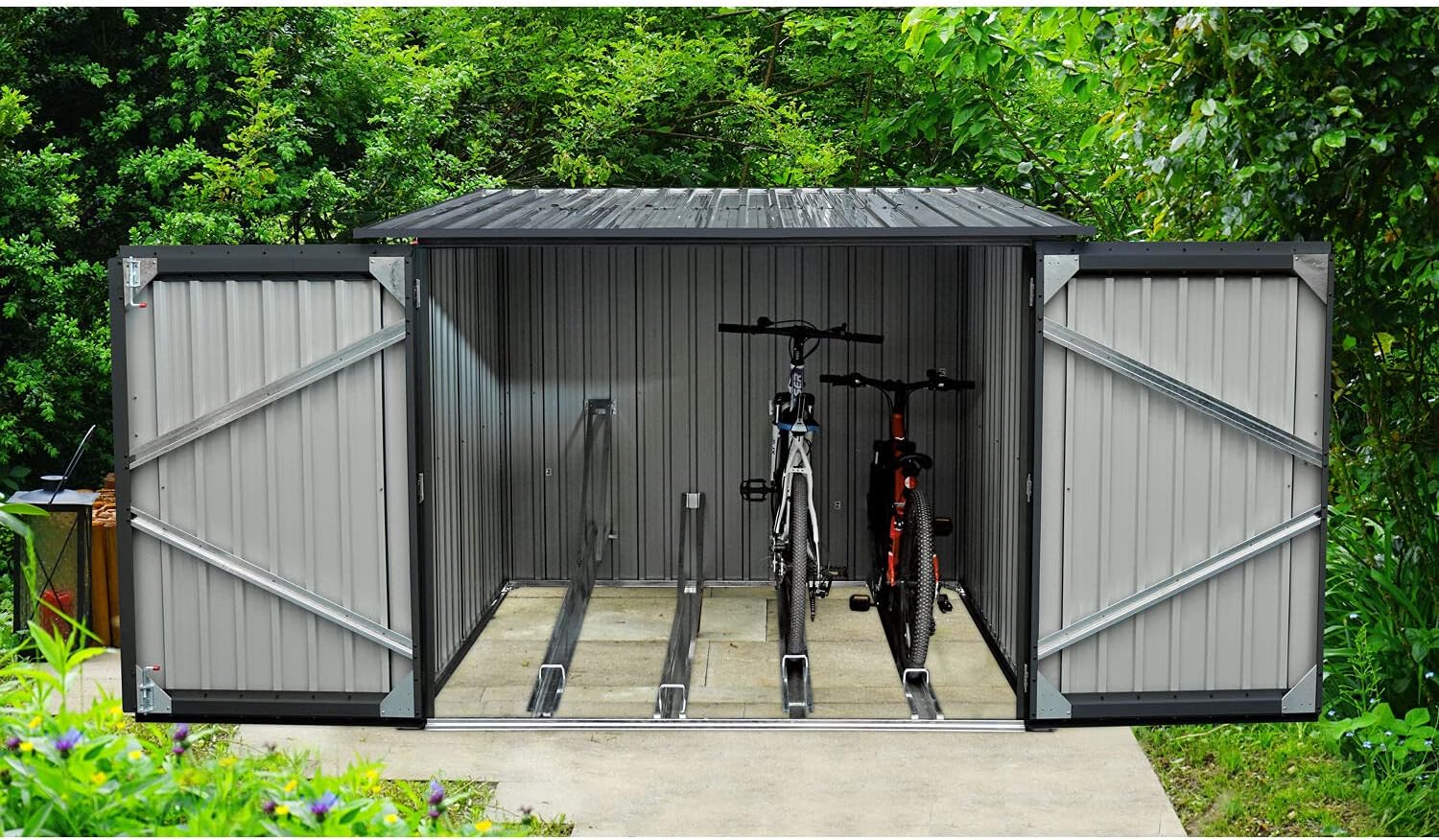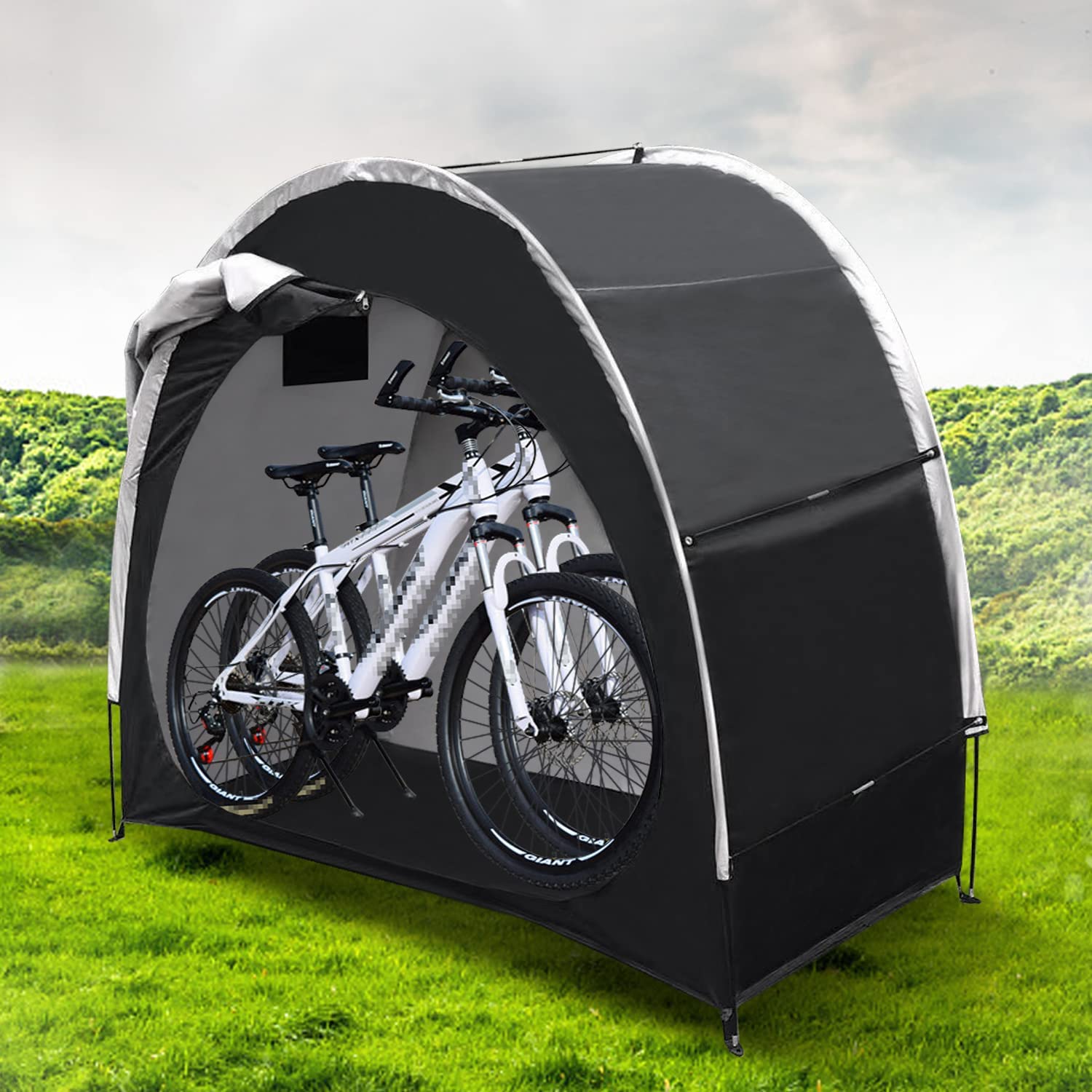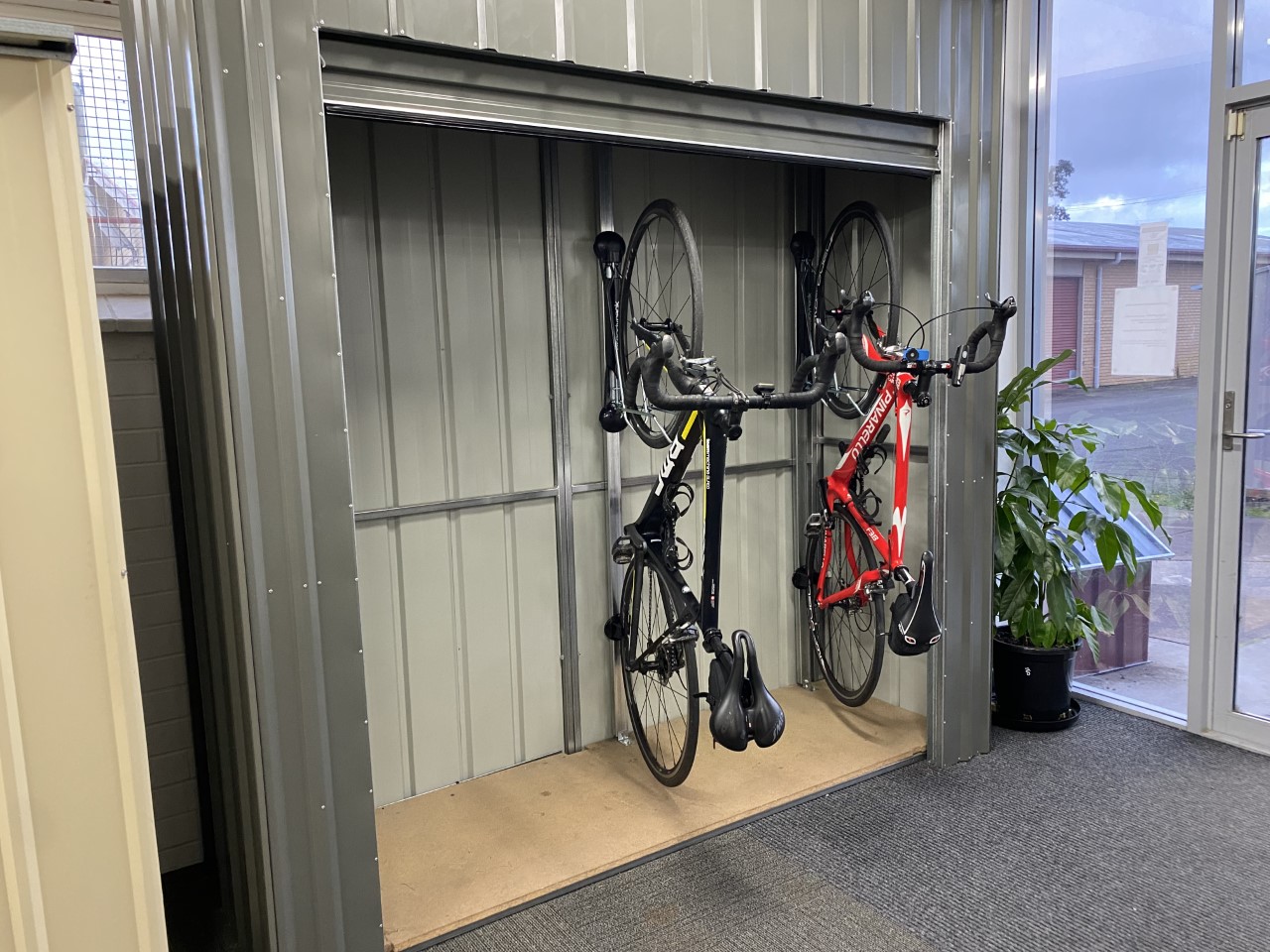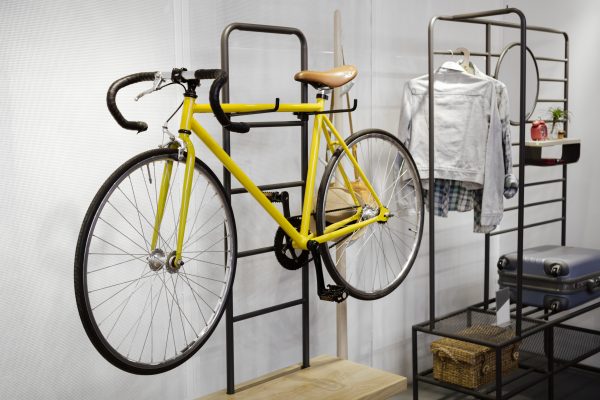Home> Outdoor Bike Storage
Outdoor Bike Storage: Ultimate Guide for Cycle Enthusiasts
Explore our comprehensive guide on outdoor bike storage: optimal solutions, expert tips, and innovative ideas to protect your bike from weather and theft.
14 Best Bike Storage Shed For 2024
By: Lily Evans • Save On Outdoor Storage: Your Ultimate Outdoor Storage Guide
13 Best Outdoor Bike Storage For 2024
By: Lily Evans • Save On Outdoor Storage: Your Ultimate Outdoor Storage Guide
By: Daniel Carter • Save On Outdoor Storage: Your Ultimate Outdoor Storage Guide
17 Best Garage Bike Storage Ideas To Try Today
By: Emma Thompson • 100 Best Garage Storage To Hide The Mess
Top 20 Space-Saving & Stylish Indoor Bike Rack Options
By: William Harrison • Versatile Storage Ideas For A Spotless Home All Year Round
